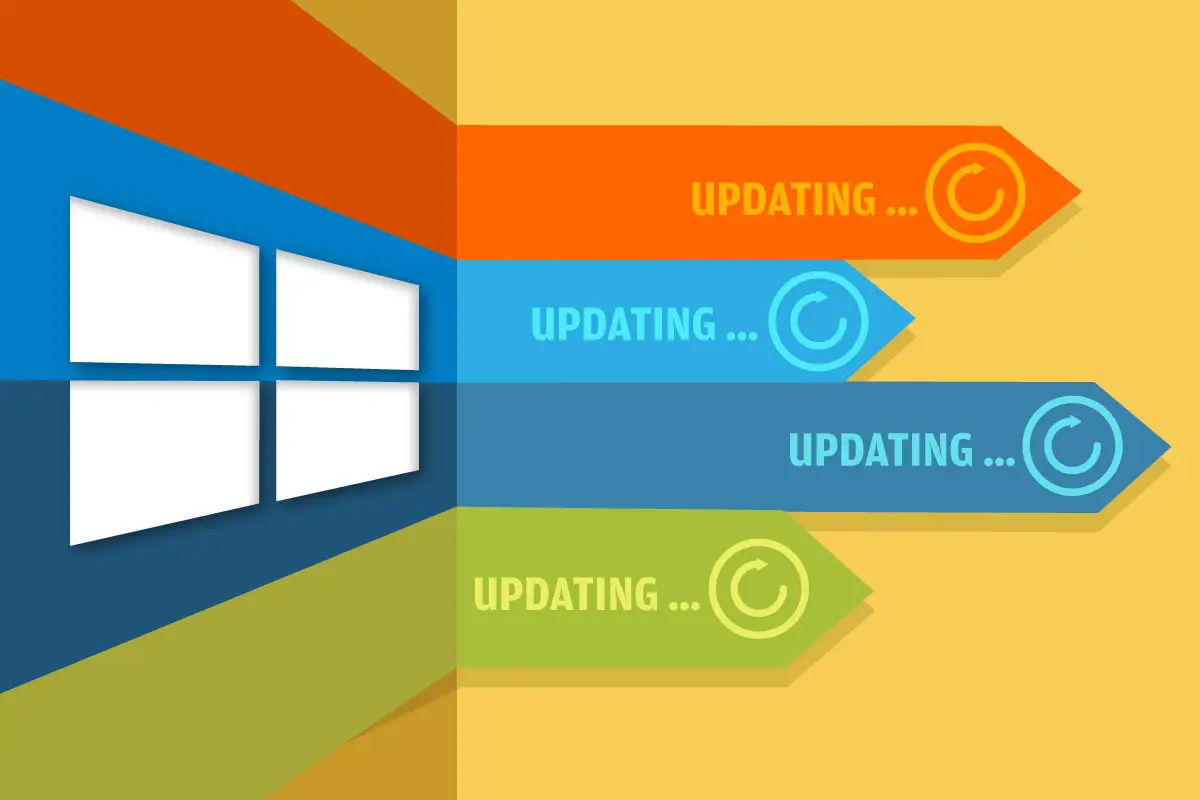Speaking to a financial analyst at Citigroup’s Global Technology Conference in September, Intel’s chief financial officer David Zinsner caused a bit of a stir when he hinted at a future release of Windows, quite possibly Windows 12, coming in 2024. Zinsner’s implication was that the upcoming “Windows refresh” would be major enough to require new hardware.
Whatever it’s called, this update to Windows is rumored to bring considerable change to the operating system and will be yet another disruption that requires IT managers to test and validate with their custom environments — something they’ve had to do a lot of lately.
Windows is already notorious for frequent updating. In the days of Windows XP, service packs with new features came every two years. But the technology world moves much faster now, and Microsoft’s hand was forced to deliver more frequent updates. For several years under Windows 10, there were big updates introducing new features twice per year, along with the monthly patches to address security issues and fix bugs. With the release of Windows 11 in 2021, Microsoft said it would scale back to annual feature updates — but a year later, the company started rolling out features in smaller updates known as “Moments” several times a year.
And the latest rumors are pointing to a return to annual Windows feature updates starting next year. Just when IT gets accustomed to one release cadence, Microsoft switches it up again.
“What do they [Microsoft executives] always start the discussion with when they’re doing a demo of a new release? ‘Customers tell us,’ right?” said Mike Cherry, senior analyst with Directions on Microsoft. The implication is that customers are asking for faster releases, he said. “Well, I’ve never met those customers. I’d love to meet them. But they’re not the ones that talk to me.”
Cherry said it would be one thing if the monthly patches just fixed vulnerabilities, but they often include random updates. “Microsoft’s never been able to discipline itself to only release security updates on Patch Tuesday. So we never know whether we’re gonna get features or whether we’re going to get an update that has a feature and zero-day vulnerability patch,” he said.
Vadim Vladimirskiy, CEO and co-founder of Nerdio, a Microsoft partner and ISV, agrees with Cherry. “I would say that definitely the sentiment on the ground that we get from IT professionals [is] that the rate of change is very high — higher than they’d like it to be,” he said.
But Ben Bajarin, president of consultancy Creative Strategies, says the frequent updates are necessary. “These aren’t gigantic patches. There are enough problematic issues that just need to be solved. I get it: no consumer or enterprise wants to keep saying, ‘Here’s the new update and now I’ve got to install it.’ But Windows is the beast that it is, and those constant updates are needed,” he…
2023-12-18 16:41:02
Link from www.computerworld.com rnrn
